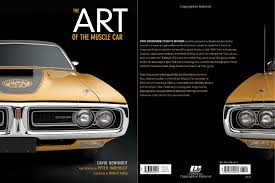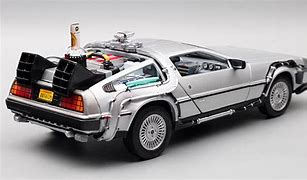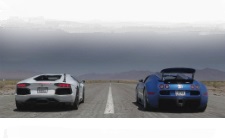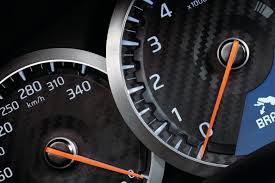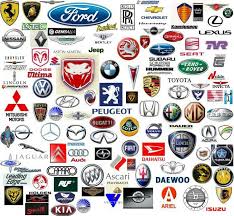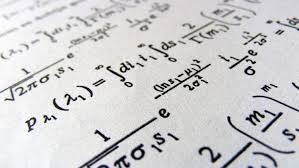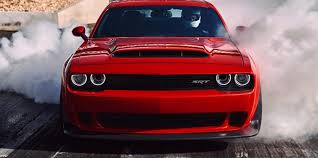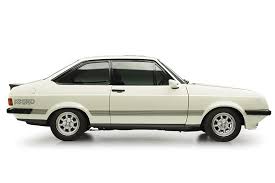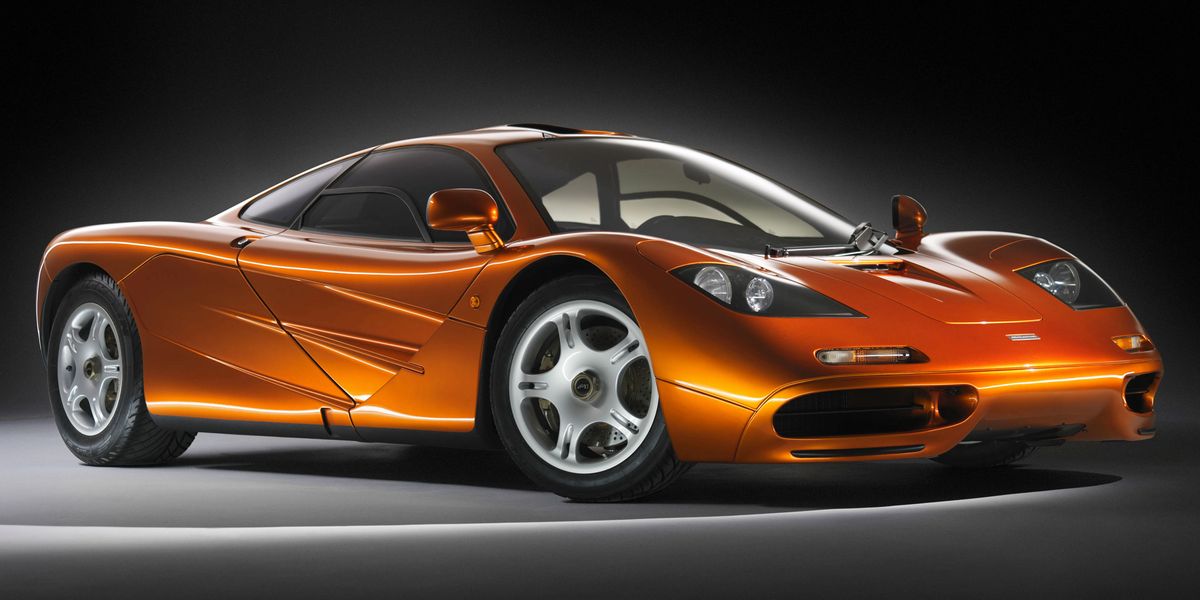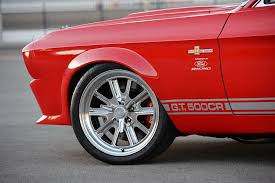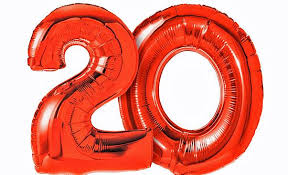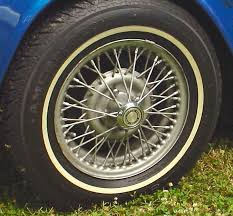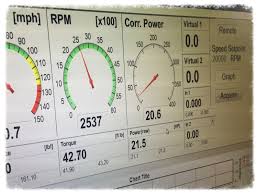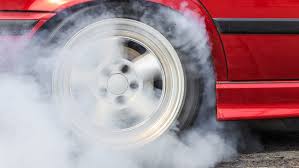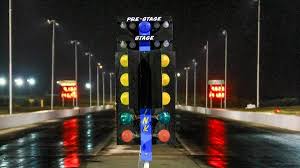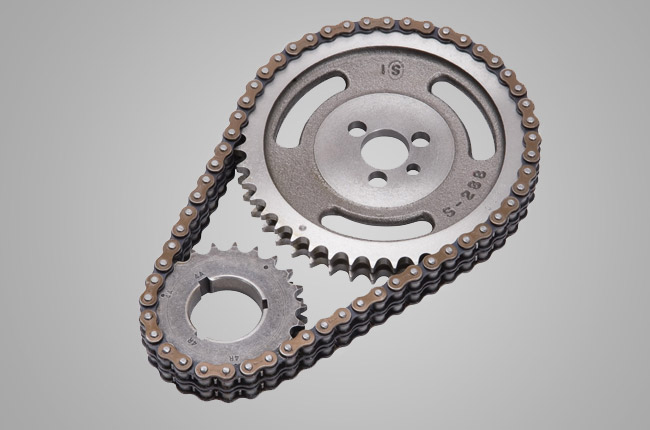
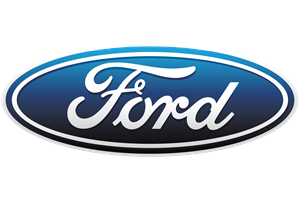

This edition of the Ford Fiesta 1.5 TDCi ST-Line 120 is the 5 speed / Manual version and was first brought out in 2017. This was at around the same time as the introduction of the 2018 Bugatti Chiron Sport 8.0L W16 Quad Turbo and the 2018 Bugatti Divo 8.0L W16 64 Valve Turbo.This particular Ford Fiesta has a 1499cc Naturally Aspirated Diesel powerplant with 4 cylinders in a St formation.
The Fiesta shares its Diesel St4 engine configuration with the likes of the 2014 BMW 6 Series 640d XDrive and the 2014 BMW 6 Series 640d. If you're looking for other fast cars which share the Fiesta's -, Hatchback combination then how about the 0 Select Car Make Select Model Select Edition or the 2020 Tesla Model S Plaid.
Weighing in at 1188 kgs (2619 lbs) this makes the Ford Fiesta 1.5 TDCi ST-Line 120 in the same weight category as the 2018 McLaren Senna 4.0 V8 Twin Turbo or the give or take 50kg.
![Mini Cooper Countryman John Cooper Works 1.5 Turbo - [2022] image Mini Cooper Countryman John Cooper Works 1.5 Turbo - [2022] image](/editionimages/2335.jpg)
The Ford Fiesta shares the same bhp with the 2022 Mini Cooper Countryman John Cooper Works 1.5 Turbo (134 bhp)
In terms of power the 1499cc 16V St4 engine produces 118 bhp (87 kW) @ 3600 rpm similar to the 2022 Mini Cooper Countryman John Cooper Works 1.5 Turbo (134 bhp) or the 2013 Skoda Rapid 1.4 tsi Spaceback (120 bhp).
The Naturally Aspirated St4 throws out 199 lb-ft (269.8 Nm) @ 1750 rpm placing it with cars of similar torque performance figures such as the 2020 Abarth 695 70th Anniversario 1.4 Turbo (184 lb-ft) or the 2020 Audi A1 A1 Sportback 35 TFSI S tronic S line (184 lb-ft).
If one combines the weight with power or torque performance for the Ford Fiesta you can get a better idea of it's real world performance.
![Citroen DS3 1.6 THP 150 - [2009] image Citroen DS3 1.6 THP 150 - [2009] image](/editionimages/926.jpg)
The 2009 Citroen DS3 1.6 THP 150 (124.1 bhp per ton) has similar Bhp Per Ton stats as the Ford Fiesta.
The Ford Fiesta has a Power to weight ratio of 99.3 bhp per ton and 167.5 lb-ft per ton. Bhp Per Ton figures of the 2017 Fiesta competing with the 2009 Citroen DS3 1.6 THP 150 (124.1 bhp per ton) or the 2003 Lancia Thesis 3.2 V6 24v Comfortronic (124.1 bhp per ton).
If you agree with the late great Carroll Shelby then arguably an even better indicator of potential performance, Torque. Use weight as well and you end up with - Torque per ton, with the Ford Fiesta generating around 167.5 lb-ft per ton. If you're curious as to what other cars have as much torque to weight then look no further than the 1955 Ford Thunderbird 292 Fordomatic 1st Gen. (192.5 lb-ft per ton) or the 1997 Ford Mustang GT 4.6 V8 (192.4 lb-ft per ton).
With a 0-60mph time of 8.70 secs or a 0-100km/h (0-62mph) of 9.0 secs, this made the Ford Fiesta 1.5 TDCi ST-Line 120 as fast as the 2011 Renault Twingo 1.6 133 Renaultsport Cup (8.70 secs) the 2009 Peugeot RCZ 2.0 HDi 200 GT (8.70 secs) the 2003 Lancia Thesis 3.2 V6 24v Comfortronic (8.70 secs) the or the 2001 Mazda 6 Sport MZR 2.3i (8.70 secs). This Ford Fiesta 1.5 TDCi ST-Line 120 is also faster than the 2013 Vauxhall-Opel Zafira Tourer CDTi BiTurbo (8.80 secs) the the 2002 Toyota Camry 3.0 V6 (8.80 secs) the and the 2000 Mitsubishi FTO 2.0 GPX (8.80 secs).
When talking about the performance of the Ford Fiesta on the drag strip it can reach a quarter mile in an estimated 0 secs @ 0.0 mph. Similar performance down the quarter mile can be found with the
Modern performance cars are often artificially restricted to 155mph. The 2017 version of the Ford Fiesta 1.5 TDCi ST-Line 120 has a maximum speed of 121mph.
If maxing out your car on the AutoBahn is your thing and you're wondering what's faster than the 2017 Ford Fiesta 1.5 TDCi ST-Line 120 then how about the 2012 Seat Ibiza 1.4 FR Turbo Supercharged (132 mph), the 2011 Fiat Punto Evo Abarth 1.4 Turbo (132 mph), or the 2011 Infiniti FX 30d 3.0 V6 Diesel (132 mph).






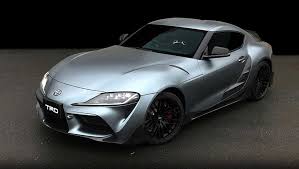
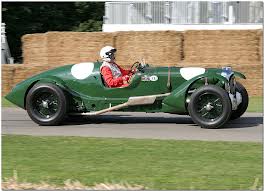
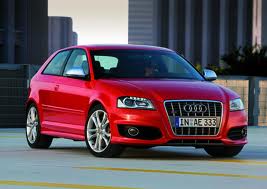

Subaru Impreza WRX STI V5 Type RA - JDM - Classic
Engine: Turbo Petrol | 1994cc 16v F4
Top Speed: 135 mph
0-60mph: 4.70 seconds

Nissan 370Z 3.7 V6 Roadster
Engine: Naturally Aspirated Petrol | 3696cc 24v V6
Top Speed: 249.4 kph
0-100kph: 5.4 seconds
